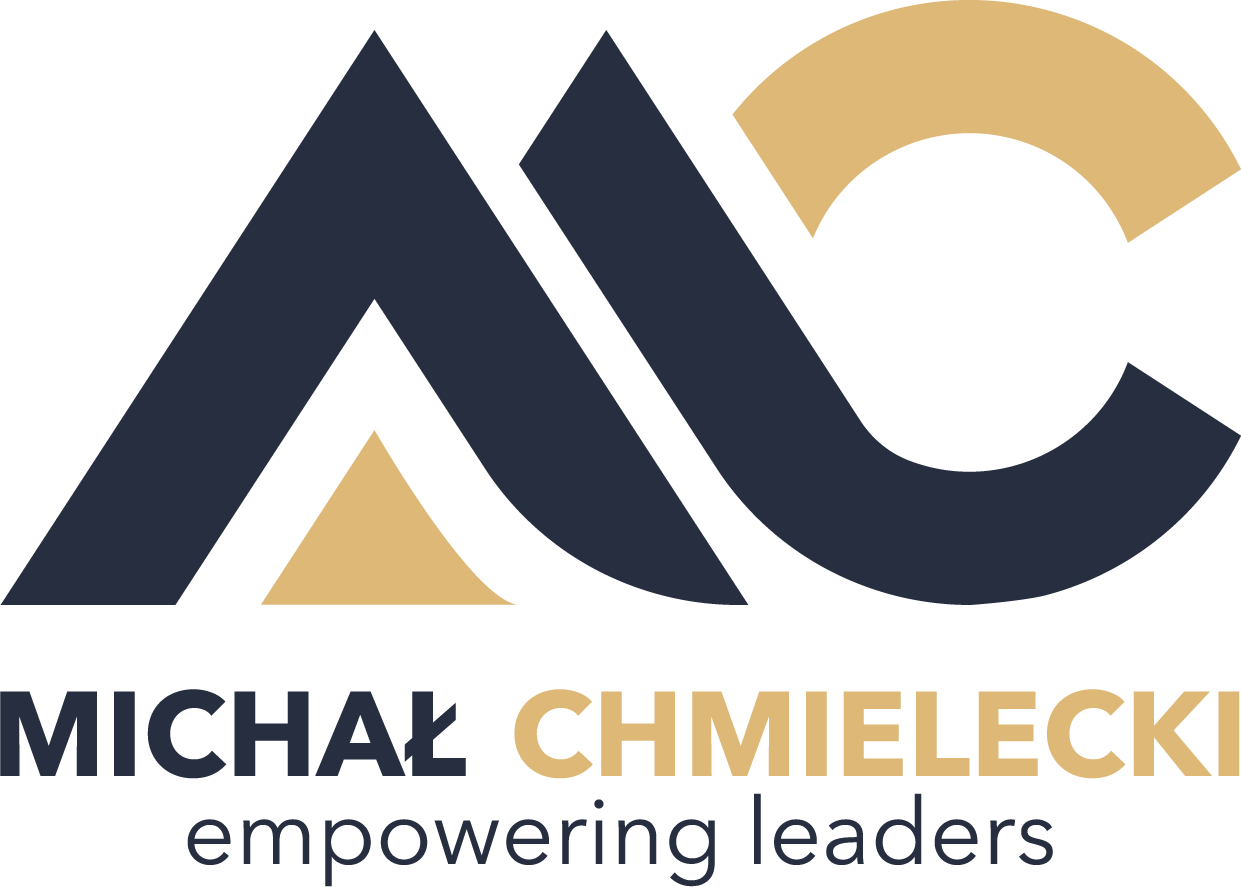Two Key Indicators of a Healthy Team: Productivity and Efficiency
In any organization, a team's success rests on accomplishing tasks effectively and collaborating harmoniously. Two crucial indicators of a healthy squad include productivity and efficiency. Productivity, which encompasses completing tasks to standards, on budget, and on time, is the backbone of any successful project. On the other hand, efficiency refers to the team's ability to work together with minimal drama, creating a positive and cohesive working environment. These two indicators are not only crucial for the overall success of the team but also directly impact the organization's bottom line.
Here's why:
1. Productivity drives successful outcomes:
Productivity lies in the team's ability to deliver results according to predetermined standards, within specified budgets, and within set timeframes. A team consistently achieves these goals, which signifies their competency and effectiveness. Productivity ensures that projects are completed on time, allowing the organization to meet its deadlines, satisfy client expectations, and fulfill contractual obligations. Furthermore, higher productivity often leads to increased profitability, as efficient teams accomplish tasks with optimal resource allocation, minimizing wastage and unnecessary expenses.
2. Efficiency fosters a positive work environment:
Efficiency within a team goes beyond simply getting the job done. It relates to teamwork, effective communication, and building strong relationships between team members. When a team operates efficiently, individuals understand their roles and responsibilities, respect deadlines, and support one another in achieving common goals. This collaboration fuels productivity by reducing conflicts, enhancing coordination, and inspiring creativity. An efficient team creates a positive work environment that promotes trust, open communication, and camaraderie, which increases employee satisfaction and retention. Moreover, a harmonious work atmosphere enhances motivation, morale, and team performance.
How to Nurture Productivity and Efficiency:
1. Clear goal-setting and task allocation: Clearly define project goals and assign specific tasks to individual team members. This eliminates confusion, ensures accountability, and helps team members understand how their contributions contribute to the overall objective.
2. Effective communication channels: Establish open lines of communication and encourage regular updates and feedback among team members. This fosters transparency, keeps everyone informed, and allows for timely problem-solving.
3. Empowerment and skill development: Provide opportunities for team members to enhance their skills and expertise through training and professional development initiatives. Empowered team members are more likely to take ownership of their work, leading to increased productivity and efficiency.
4. Celebrate successes and offer constructive feedback: Recognize and reward achievements to motivate the team. Additionally, provide constructive feedback to help team members improve their performance, ensuring continuous growth and development.
5. Resolve conflicts promptly: Address conflicts or issues within the team promptly and objectively.
Encourage open dialogue and mediate if necessary to prevent the escalation of conflicts that can hinder productivity and efficiency.
In conclusion, productivity and efficiency are vital indicators of a healthy team dynamic. Completing tasks to standards, on budget, and on time demonstrates the team's competency and impacts the organization's success. Efficiency demonstrated through effective collaboration and reduced drama fosters a harmonious work environment that enhances productivity and overall team performance. By nurturing these indicators through clear goal-setting, effective communication, empowerment, recognition, and conflict resolution, organizations can create teams that consistently achieve optimal results and drive success.
Enjoyed this post? For more articles, insights, and practical advice on becoming a better leader, visit my leadership blog.
